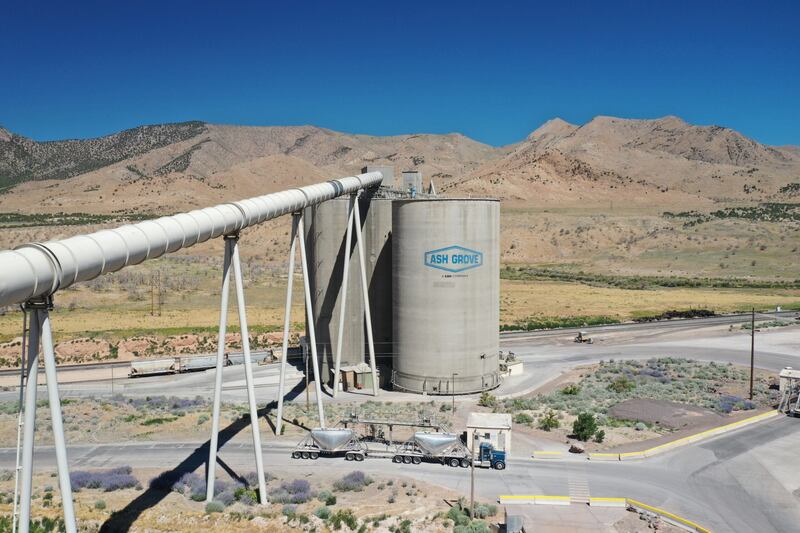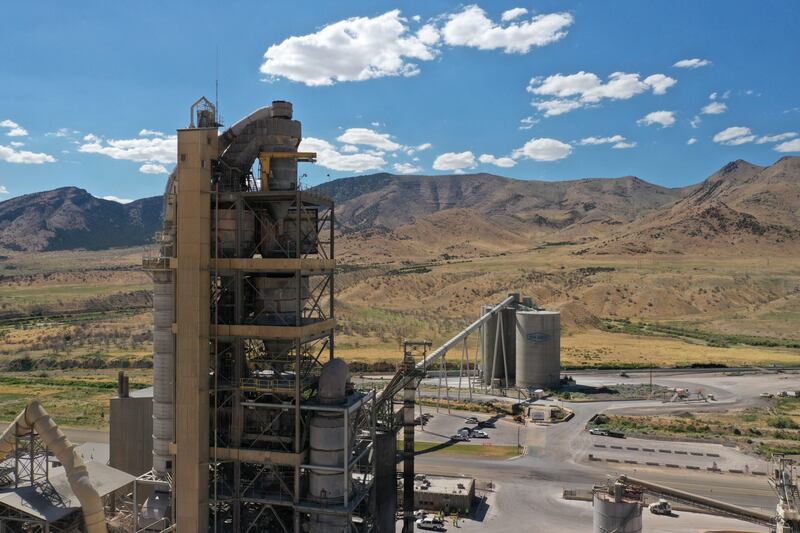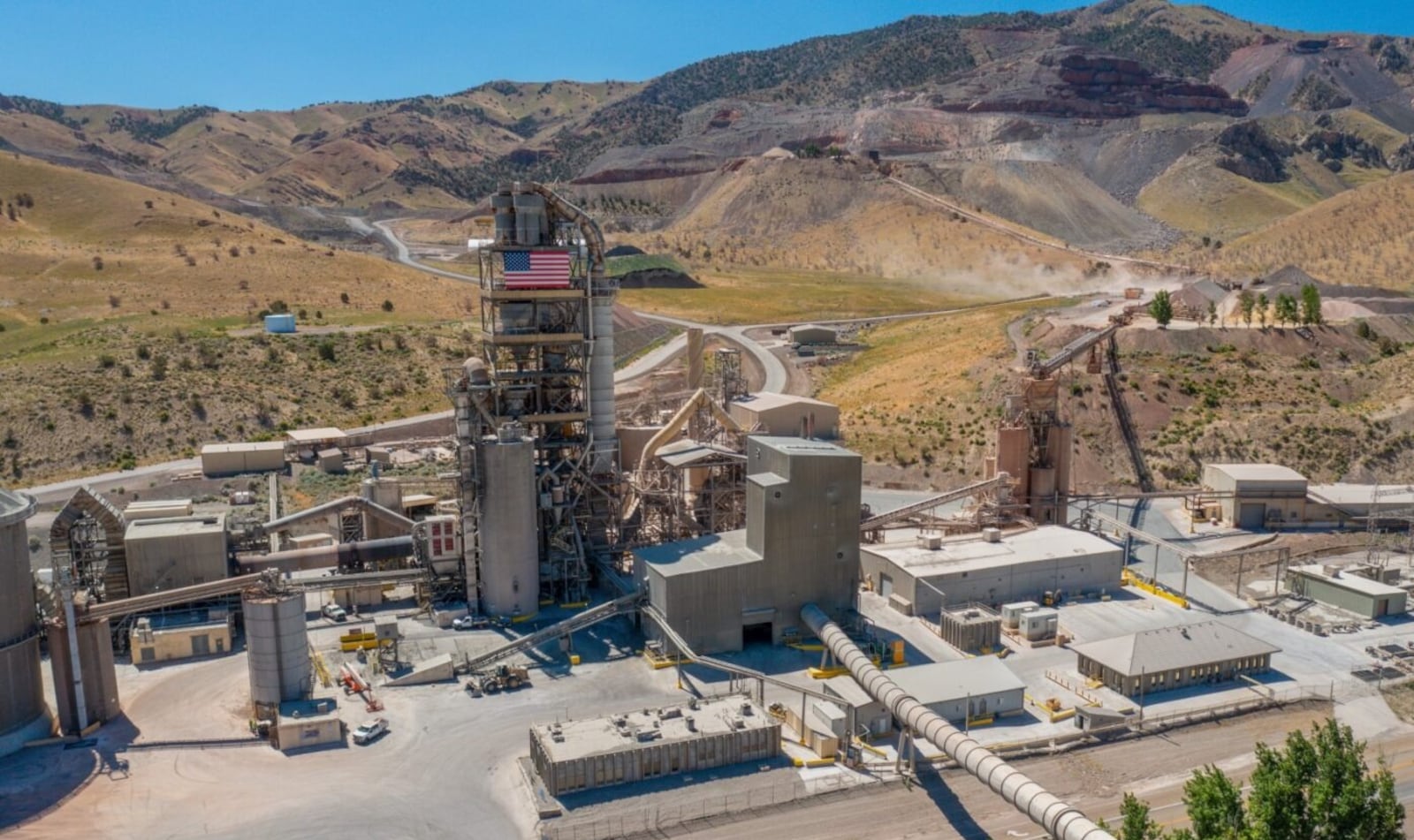This article is sponsored by Rocky Mountain Power.
Cement is one of the foundation pieces for our society from buildings and bridges to highways, sidewalks, patios and so much more. Ash Grove Cement in Leamington, Utah, supplies cement to the Salt Lake area and parts of Nevada and New Mexico. In fact, most of the concrete used for the reconstruction of I-15 around the Salt Lake City area comes from the plant.
Cement production is energy-intensive. Ash Grove has partnered with Rocky Mountain Power’s Wattsmart Business® (Wattsmart.com) program for over 15 years to reduce the amount of energy the plant uses by making energy-efficient upgrades.
Ash Grove Cement produces Portland Type 1L Cement. To produce Portland cement, limestone and clay are quarried, ground and mixed, burned in a kiln, and then ground once again into a powder. To create concrete, water is added to the cement powder. One of the recent projects the cement plant has completed to help bring in cost savings was conducting an upgrade to their finish mill system. A finish mill grinds clinker – a mix of limestone and other minerals fired at hot temperatures in a kiln – to create fine cement powder. The project cost around one million dollars, but Rocky Mountain Power’s Wattsmart Business program provided over $500,000 in cash incentives to help offset half of the cost. In addition, the upgrade has reduced energy use by about 3.3 million kilowatt-hours, which saves Ash Grove around $200,000 in annual electric costs. An added benefit has been a reduction in maintenance costs.

“The program allowed us to install a new fan on our cement mill and that fan typically would go down every 30 to 45 days for maintenance,” said Paul Pederson, plant manager for Ash Grove Cement. “Now we can run a whole campaign – which is a full year for us – without having to do any maintenance.”
Ash Grove’s efforts to become more energy efficient have reduced their energy usage by over 15,000,000 kilowatt-hours over the last seven years. That’s equivalent to over 2,900 homes electricity usage for one year, or 1.3 billion smartphones charged, according to the EPA’s Greenhouse Gas Equivalencies Calculator.
Ash Grove has received over $1.4 million in cash incentives and bill credits over the course of their partnership with Rocky Mountain Power. In addition, they have reduced their emissions by 10,772 metric tons of CO2 equivalent per year – which is equivalent to over 2,300 gas powered passenger vehicles driven for one year or over 3,700 tons of waste recycled instead of landfilled.program offers cash incentives to help customers manage their energy use by finding savings and solutions that they might not have realized otherwise.

“Rocky Mountain Power has goals for saving energy,” said Dustin Bunderson, a Wattsmart Business project engineer with Cascade Energy. “They want to help their customers. They also want to be a good steward to the environment. They want to meet those goals, to be able to provide power for everybody.”
When businesses make energy-efficient upgrades, they are helping their community by reducing the amount of energy they are using. When many businesses do this, it adds up and helps Rocky Mountain Power keep rates among the lowest in the nation.
https://www.youtube.com/watch?v=ejfYB_K7jyw

